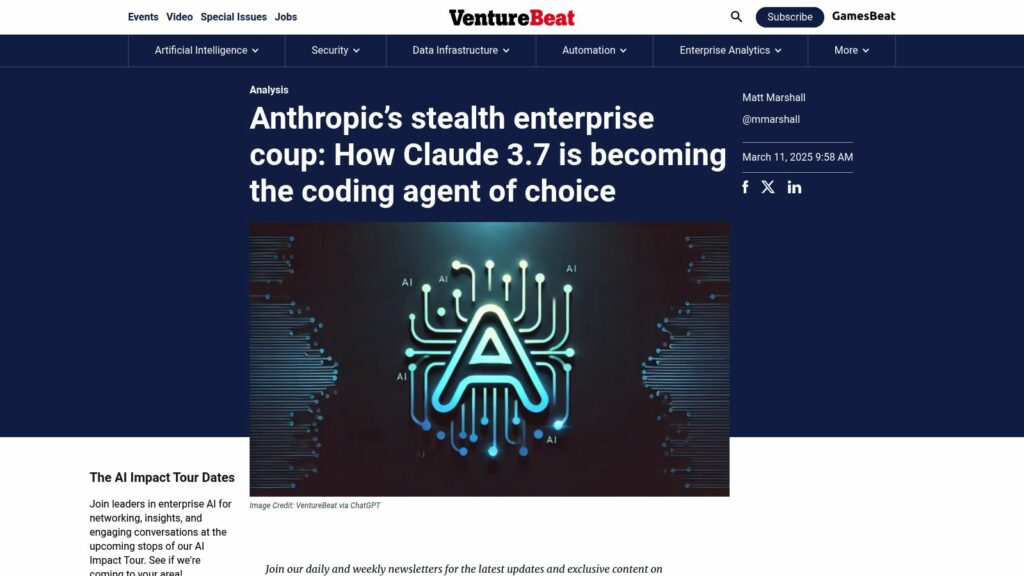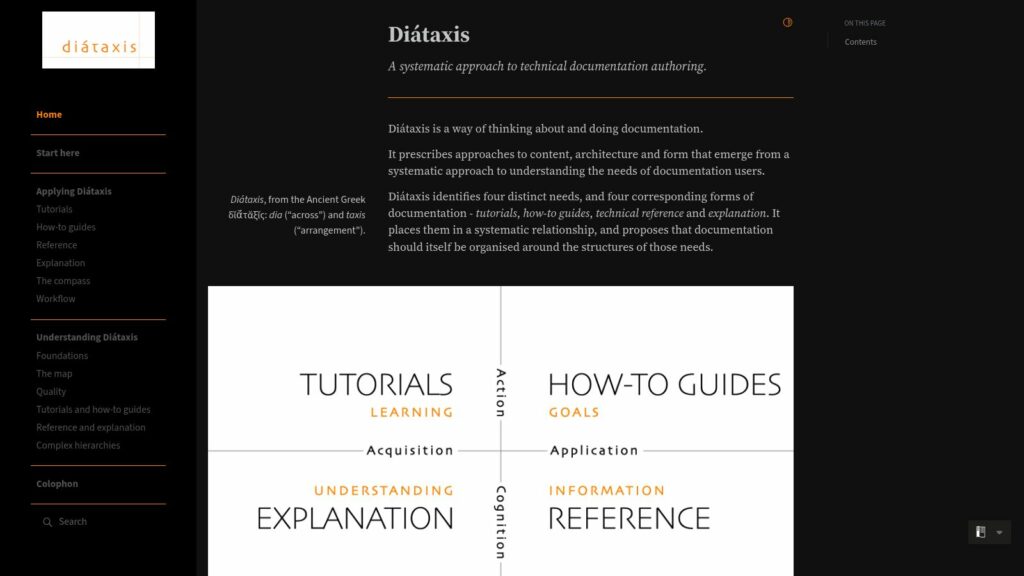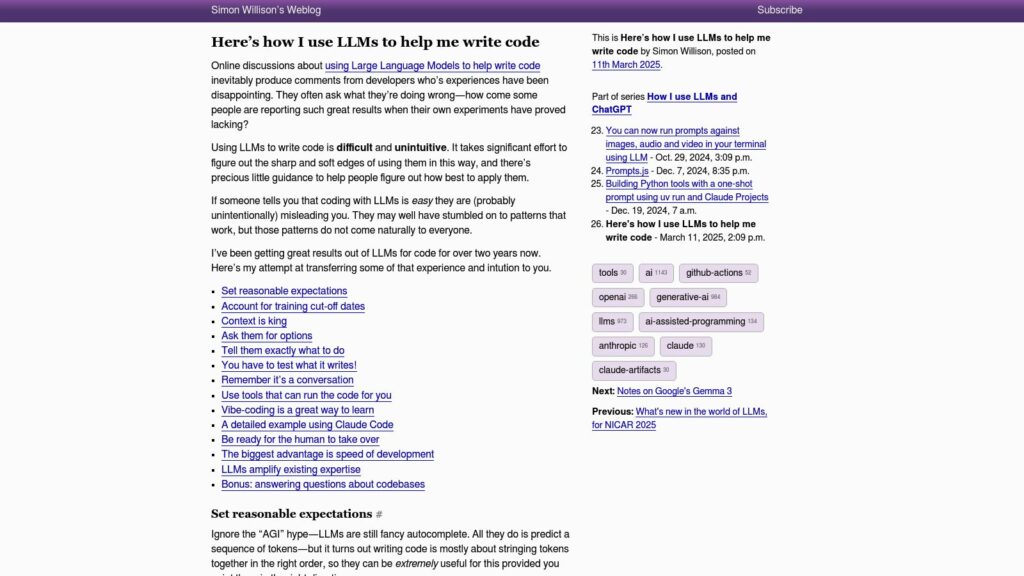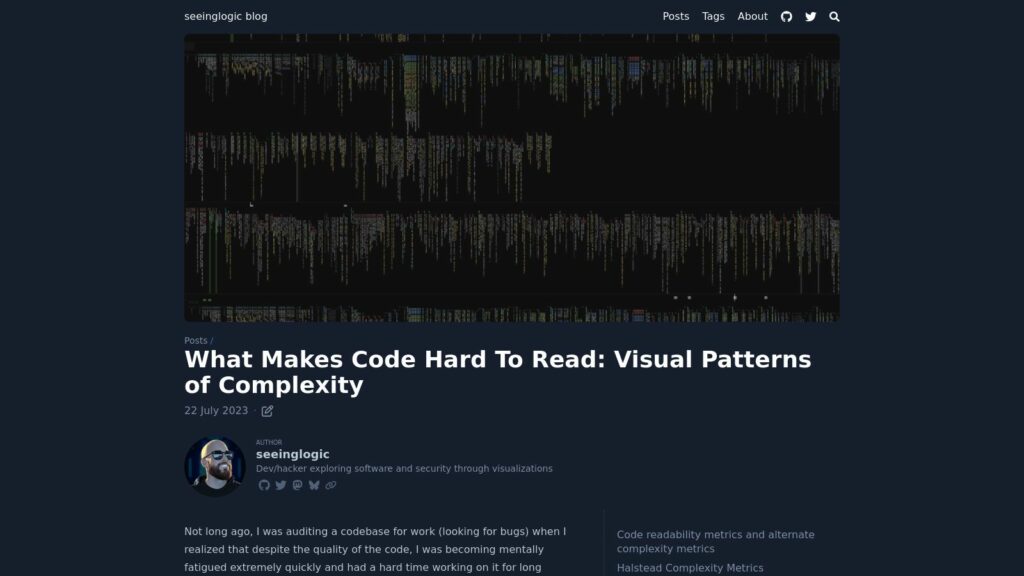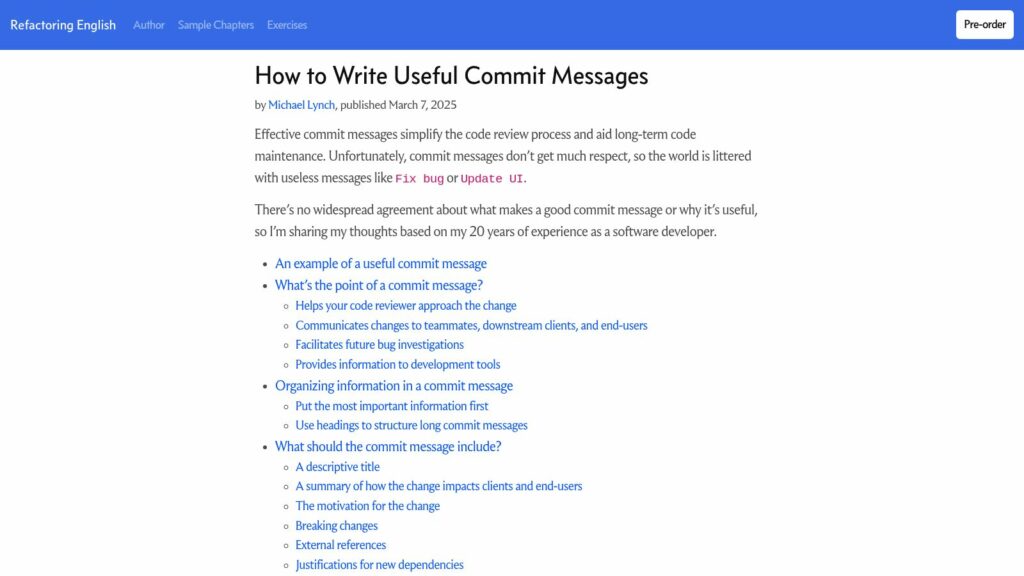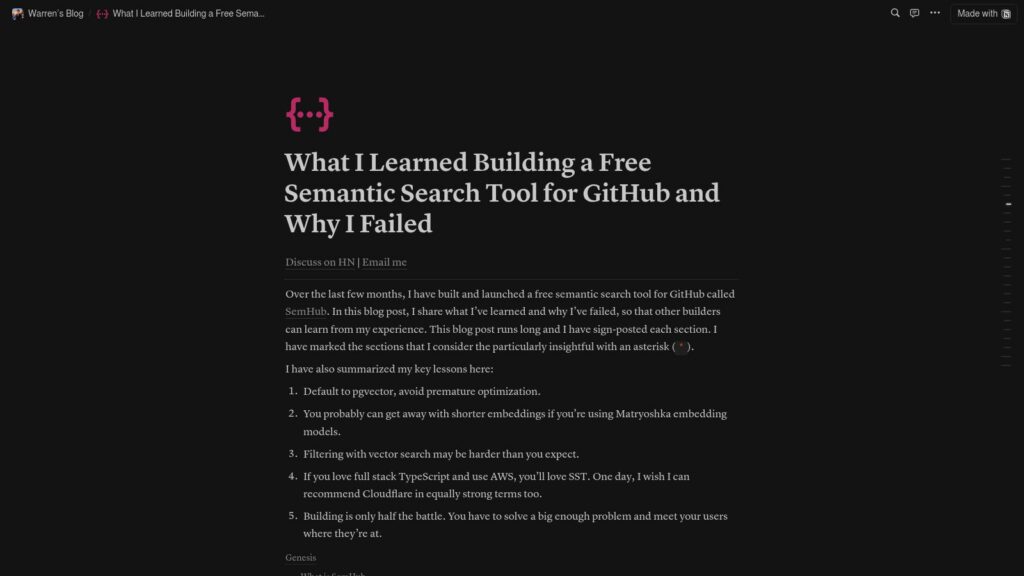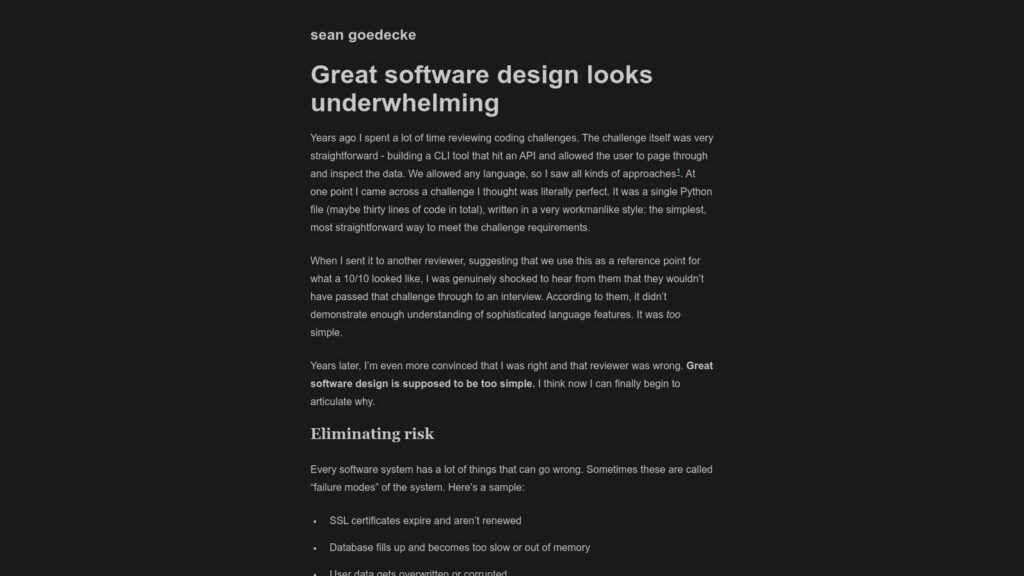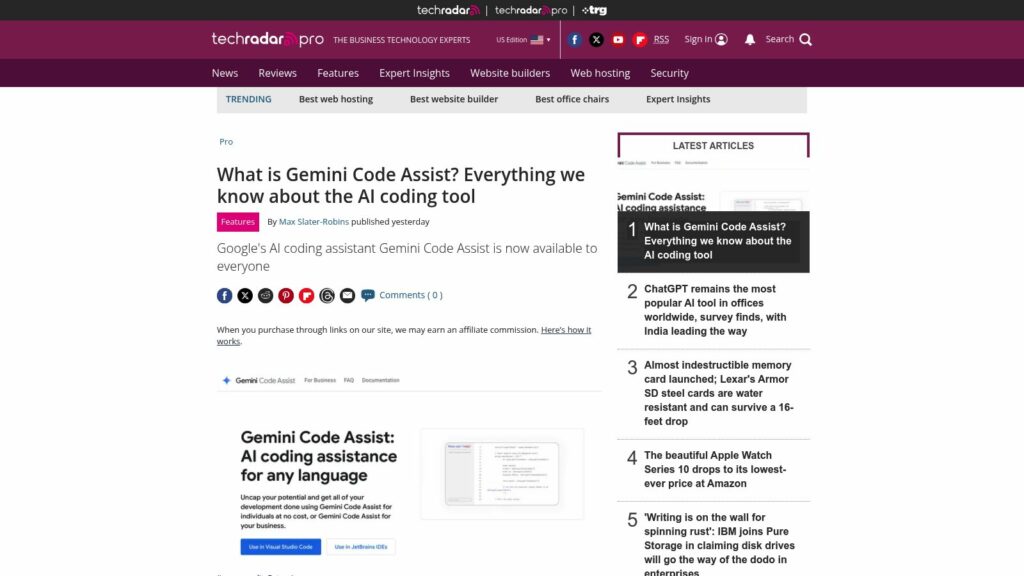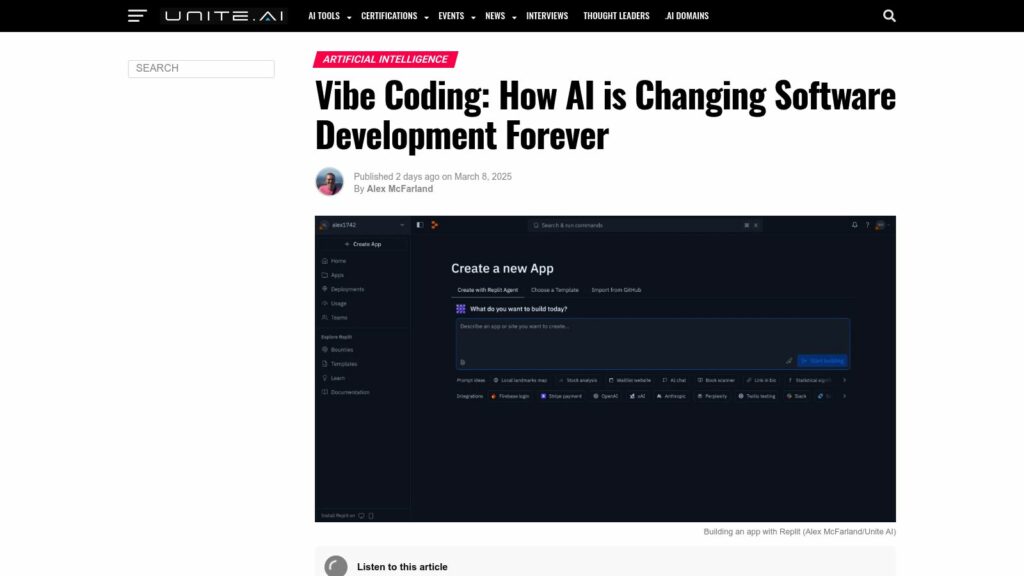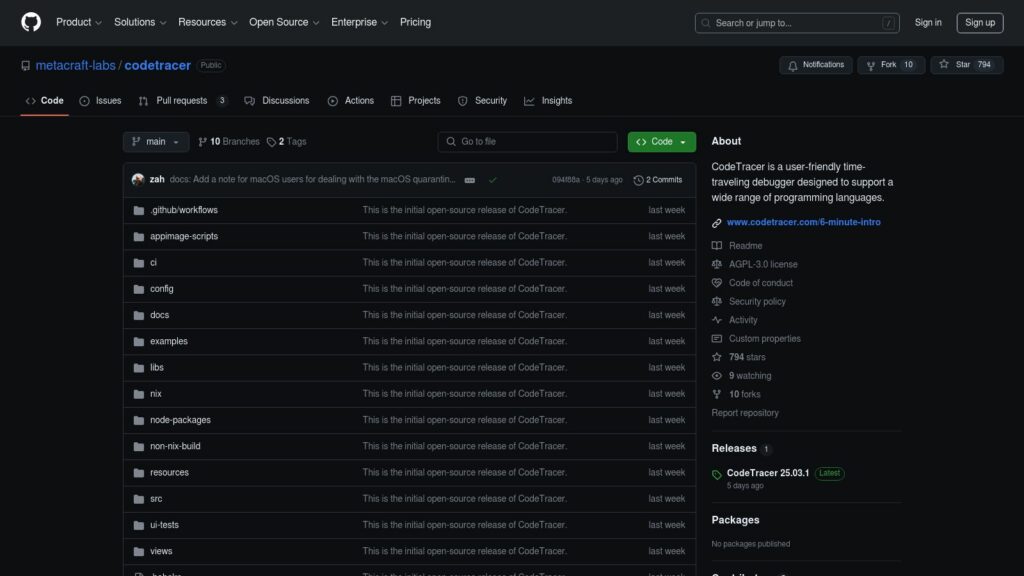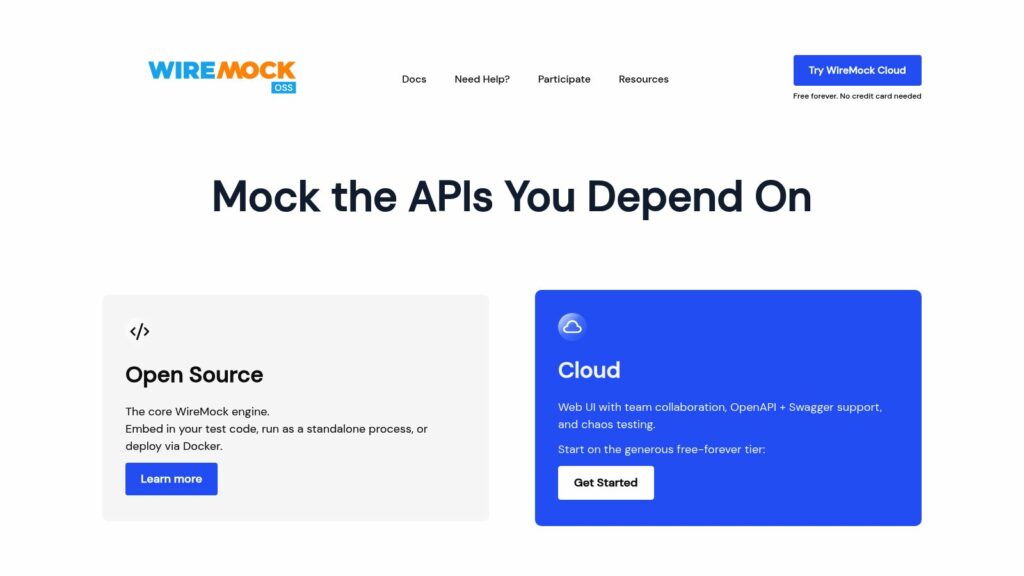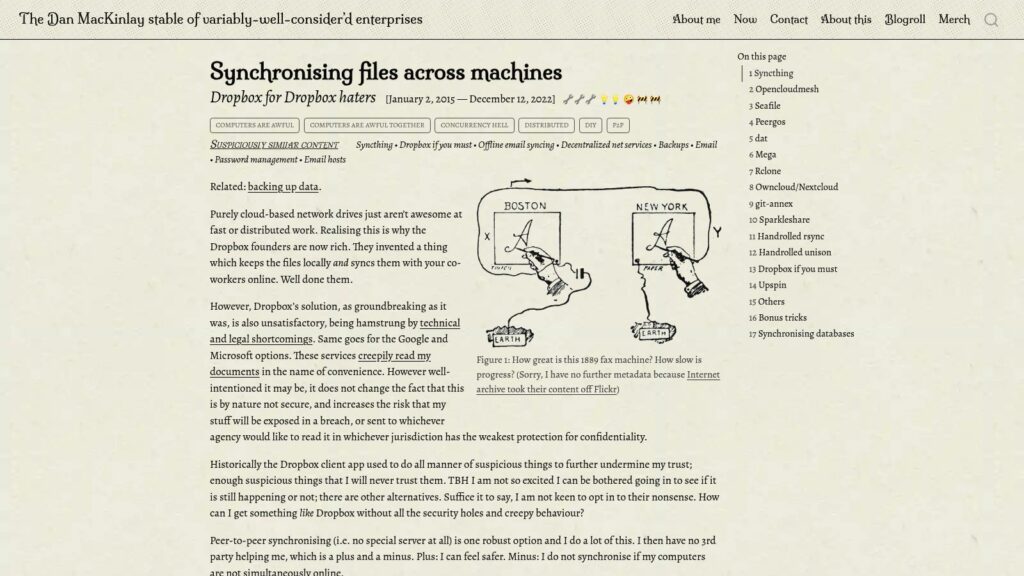Anthropic’s Stealth Enterprise Coup: How Claude 3.7 Is Becoming the Coding Agent of Choice
Anthropic's Claude 3.7 is emerging as the leading coding agent in enterprise AI, focusing on coding capabilities over consumer competition. Its recent release achieved record coding benchmarks, surpassing major competitors like OpenAI. Claude Code and Cursor, an AI-powered code editor, enhance developer productivity and have gained significant traction. Anthropic's strategy prioritizes enterprise needs and features, aiming for a projected $34.5 billion revenue by 2027, largely driven by API business. The success of Claude reflects a shift in software development, enabling both technical and non-technical users to build applications efficiently, while emphasizing security and innovation.

